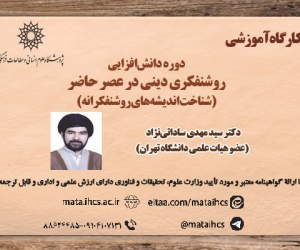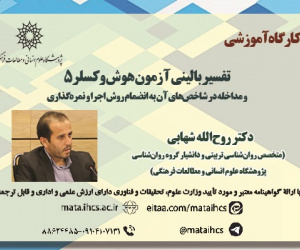نابرابری درآمدی و تغییرات سهم ارزش افزوده صنایع: نقشِ شدت استفاده از عوامل تولید در اقتصاد ایران (مقاله علمی وزارت علوم)
درجه علمی: نشریه علمی (وزارت علوم)
آرشیو
چکیده
نوع صنایع رشددهنده اقتصاد براساس شدت استفاده آن ها از عوامل تولید، تعیین کننده نحوه توزیع درآمد در یک جامعه است. اگر به شدت استفاده صنایع از عوامل تولید توجه نشود، ممکن است یک کشور رشد تولید را همراه با بدتر شدن توزیع درآمد تجربه کند. هدف پژوهش حاضر، بررسی اثر تغییر در سهم ارزش افزوده صنایع با لحاظ شدت استفاده از عامل تولید بر نابرابری درآمدی در اقتصاد ایران است. به این منظور، از روش گشتاورهای تعمیم یافته (GMM) و داده های 31 استان طی دوره زمانی 1390 تا 1399 استفاده شده است. نتایج نشان داد که افزایش نسبی سهم ارزش افزوده صنایع کاربر و منابع طبیعی بر منجر به کاهش نابرابری درآمدی در کشور می شود. هم چنین تأثیر درآمد سرانه بر نابرابری مثبت و تأثیر متغیرهای سطح سواد شاغلان و مخارج بهداشتی بر نابرابری منفی به دست آمده است که مطابق انتظار نظری است. با توجه به فراوانی نسبی نیروی کار و منابع طبیعی در ایران، طبق نظریه «هکشر-اوهلین»، صنایع مذکور مزیت های نسبی کشور را نشان می دهند و دنبال کردن مزیت های نسبی موجب بهبود توزیع درآمد می شود. این نتیجه با قضیه استالپر-ساموئلسن سازگار است؛ بنابراین، اگر ساز و کار نظام بازار جایگزین دخالت های دولتی در روند تعیین قیمت در بازار عوامل تولید یا گزینش صنایع اولویت دار شود، نه تنها کارایی اقتصادی مختل نخواهد شد، بلکه توزیع درآمد نسبت به وضعیت فعلی بهبود خواهد یافت.Income Inequality and the Share of Value Added of Industries: The Role of Production Factors Intensity in Iran’s Economy Shahin Keshavarz Rezaei
The type of industries that grow the economy, based on their intensity of production factors, plays a crucial role in shaping income distribution within a society. Failure to consider the intensity of production factors in industries may result in a scenario where production grows while income inequality worsens. The primary objective of this study is to examine how variations in the value-added share of industries, based on production factor utilization intensity, impact income inequality in the economy of Iran. The research employs the generalized method of moments (GMM) and utilizes data from all 31 provinces of the country spanning from 2010 to 2019. Findings indicate that a proportional rise in the value-added share of labor-intensive and natural resource-intensive industries contributes to a decline in income inequality at the national level. Given Iran's significant abundance of labor and natural resources, these industries exhibit comparative advantages in line with the Heckscher-Ohlin theory. Consequently, prioritizing the nation's comparative advantages serves to enhance income distribution, aligning with the Stolper-Samuelson theorem. Thus, transitioning towards a market system mechanism over government intervention in price determination for production factors or industry selection not only preserves economic efficiency but also enhances income distribution compared to the present scenario. The government must provide direct financial assistance to individuals with low incomes and adhere to appropriate strategies for redistributing income via the taxation framework. By doing so, based on the principles outlined in the second welfare theorem, it becomes feasible to attain a new optimal Pareto equilibrium, resulting in a more just allocation of income, all the while preserving overall efficiency.







